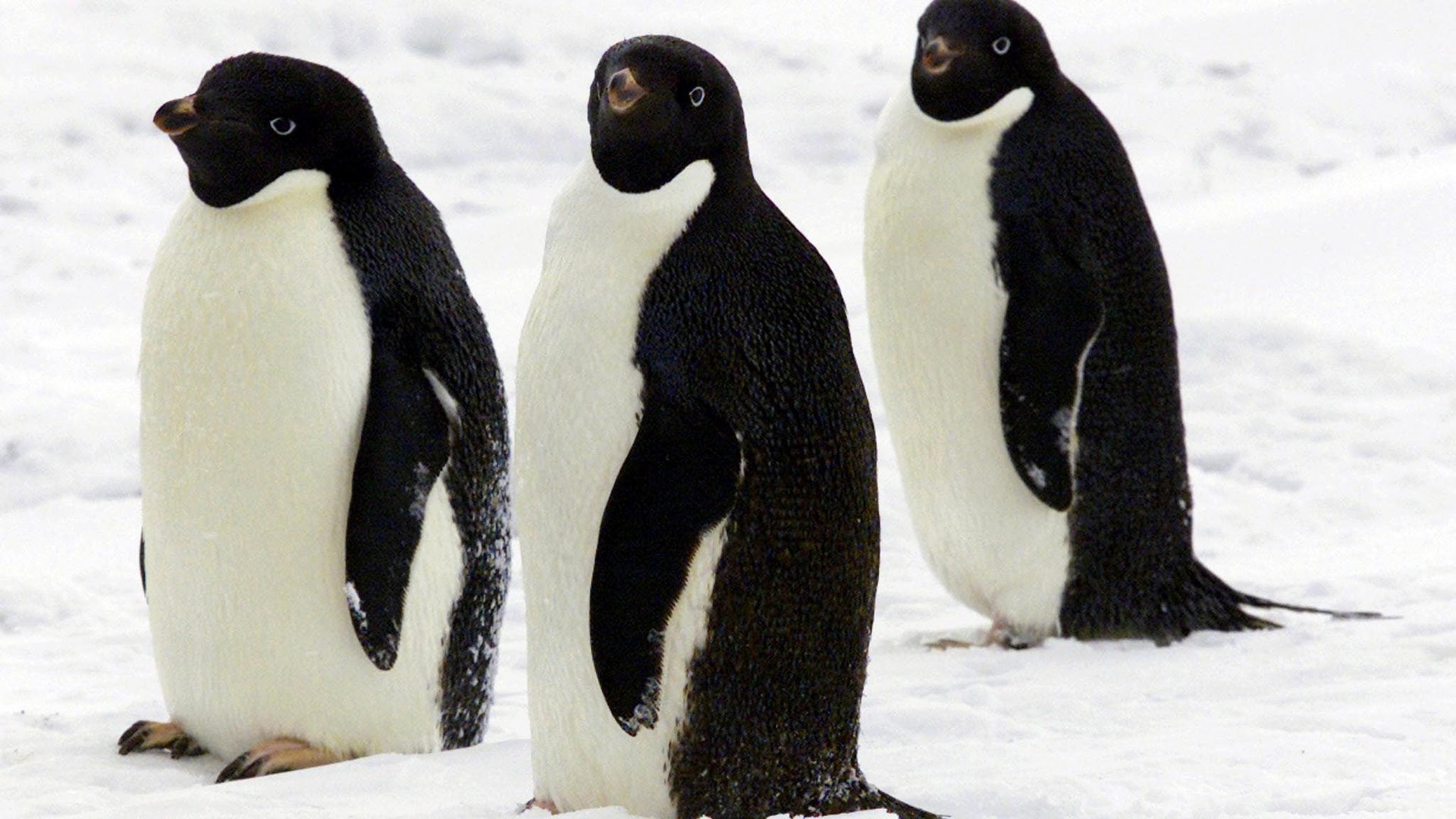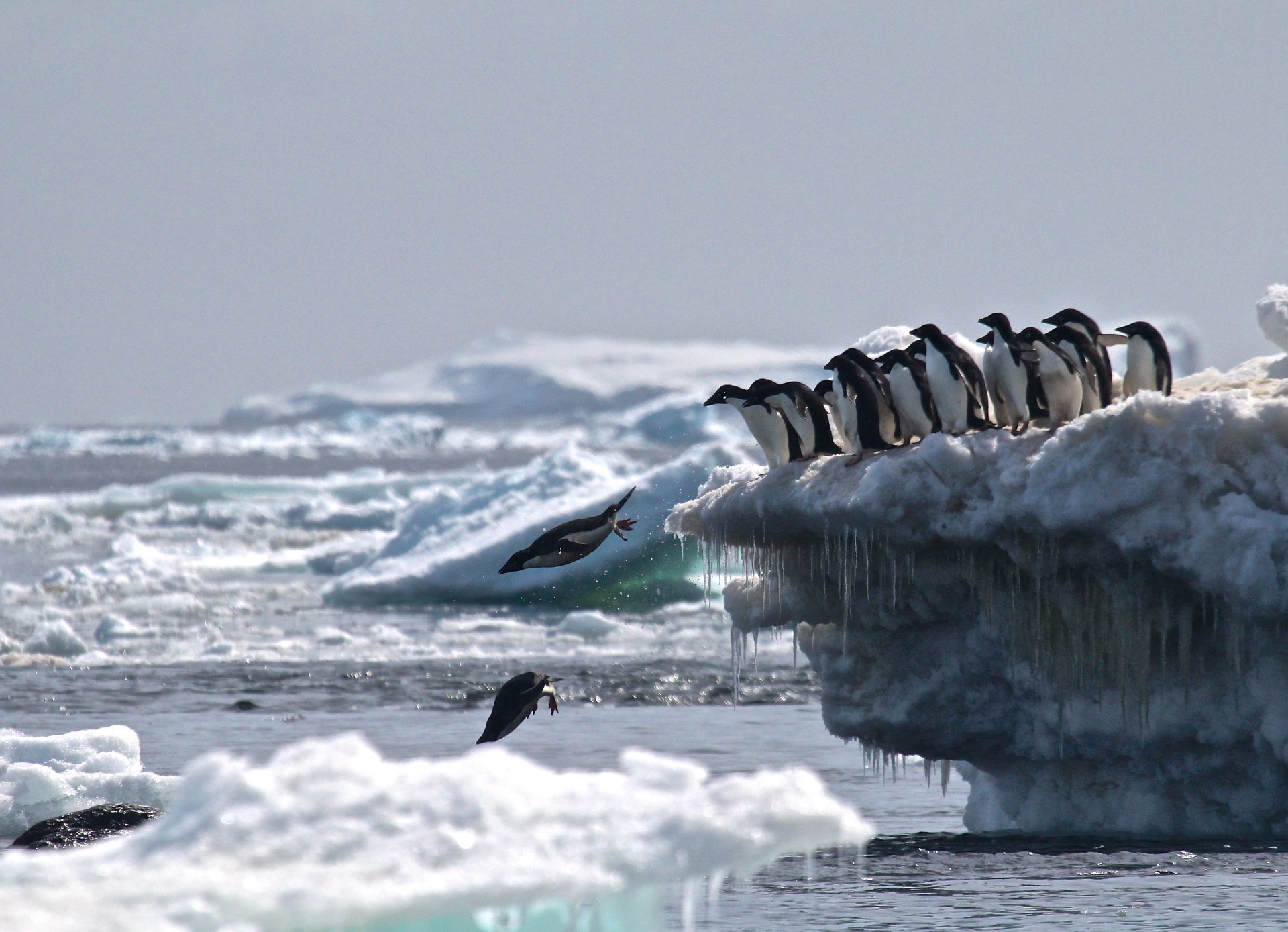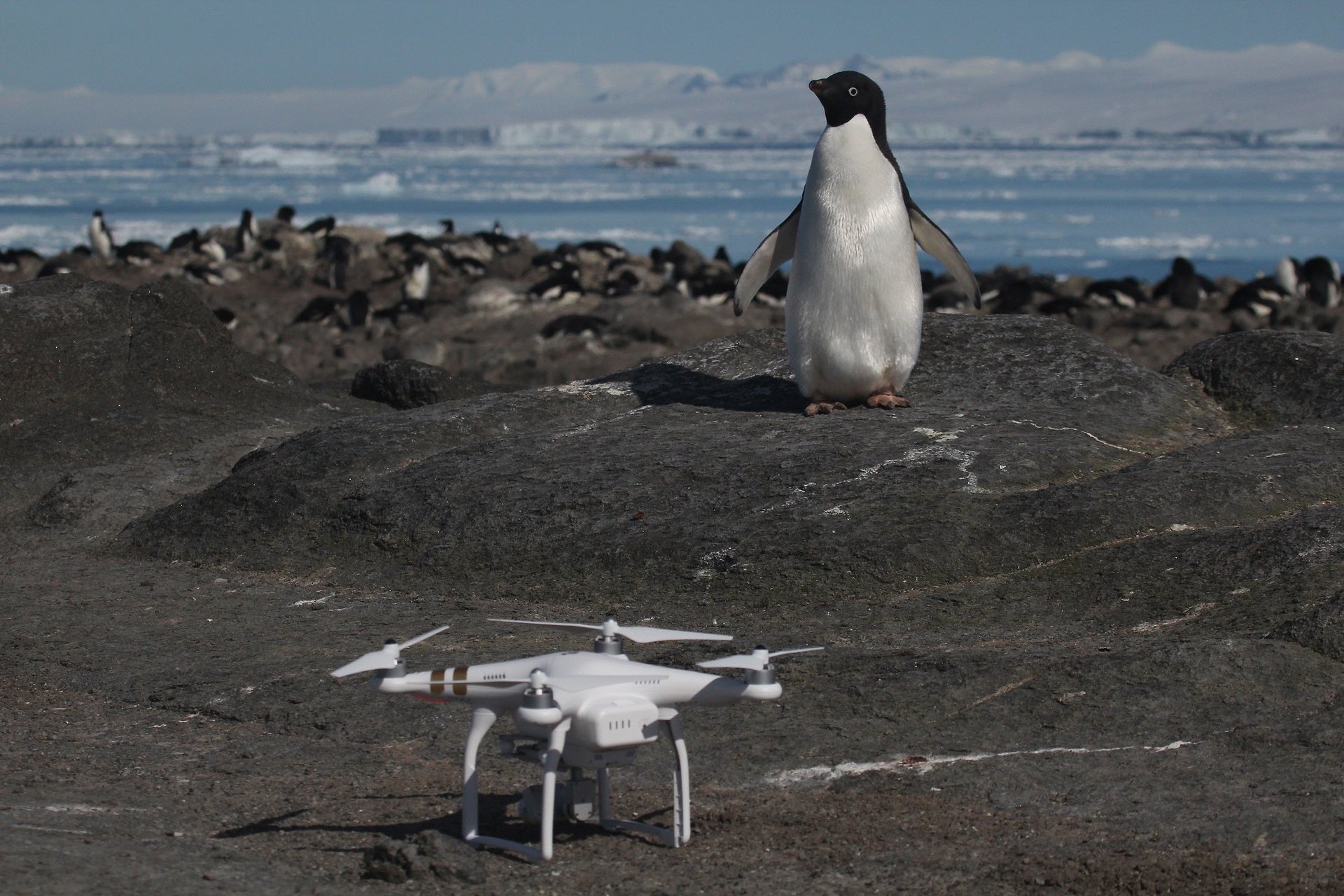A supercolony of 1.5 million penguins went unnoticed until now
The story of how scientists discovered a massive “supercolony” of Adélie penguins in Antarctica—which they detailed in a study published Friday (March 2)—begins in 2014, with NASA satellite imagery.


The story of how scientists discovered a massive “supercolony” of Adélie penguins in Antarctica—which they detailed in a study published Friday (March 2)—begins in 2014, with NASA satellite imagery.
Heather Lynch, a professor of ecology and evolution at Stony Brook University, in New York, and Mathew Schwaller from NASA, spotted guano stains in images of the Danger Islands, off the northern tip of the continent. Where there are penguin droppings, there are most certainly penguins, and the stains, visible from space, suggested there were a large number of them. But only a trip to the rocky, remote chain of islands could confirm the suspicion.
The duo teamed with ecologists from Woods Hole Oceanographic Institution and other universities in the US and UK for an expedition in 2015. They found penguins nesting at the landing site, and beyond that a colony of an estimated 1.5 million Adélie penguins, a “hidden metropolis,” writes Science Alert. This meant there were more Adélie penguins in the Danger Islands than in the rest of the Antartica Peninsula combined, as the researchers report in the study, which was published in Scientific Reports. They called the area ”a major hotspot of Adélie penguin abundance.”
“When we first got these pixels of guano, I thought it might be a false alarm,” Lynch told The Wall Street Journal (paywall), adding, “It wasn’t. We had massive penguin colonies that had not been known to exist.”

In fact, scientists had believed the penguin population on the continent was in severe decline, thanks to changing weather and sea ice patterns, which had led to the loss of at least eight Adélie penguin colonies.
The geography of the islands explains how these penguins, whose distinguishing features are the white rims around their eyes, have survived without detection: even in summer, the area is so “socked in with sea ice that it is very difficult to get a ship through,” Lynch also told the WSJ. Fishing boats have not endangered the penguins’ access to the krill they feed on.

To count the newly discovered penguins, the scientists used human and artificial intelligence. They reconfigured a commercial quadcopter drone to fly over the islands taking one photo per second, and those images were were analyzed by neural network software.
Judging from evidence in photographs from the 1950s, the scientists now believe the colony has existed since that era. And now that the colony’s secret is out (admittedly a human-centric point of view), the scientists would like to see the mega-colony’s habitat designated as a protected marine area.
A breakthrough discovery of this scale offers ecologists hope: Even in the age of Google Earth, maybe we don’t know our planet as well as we think we do.